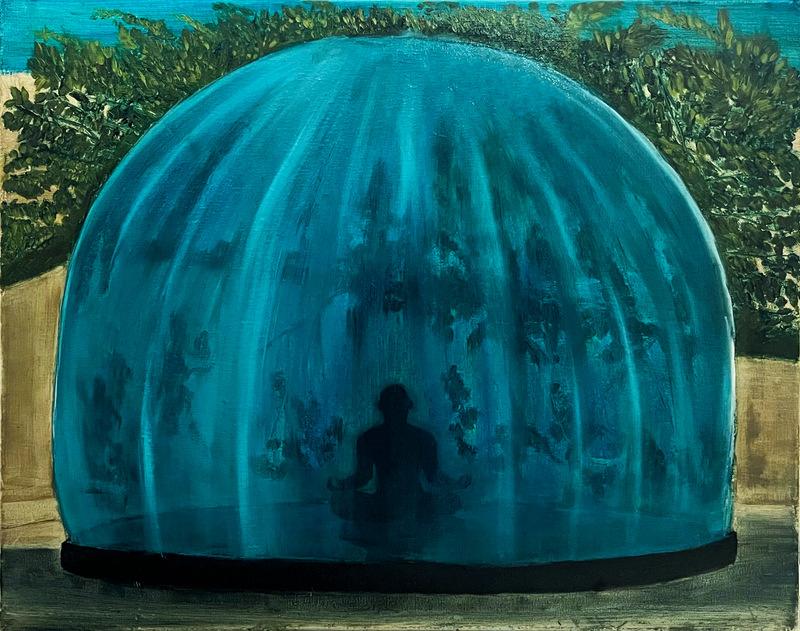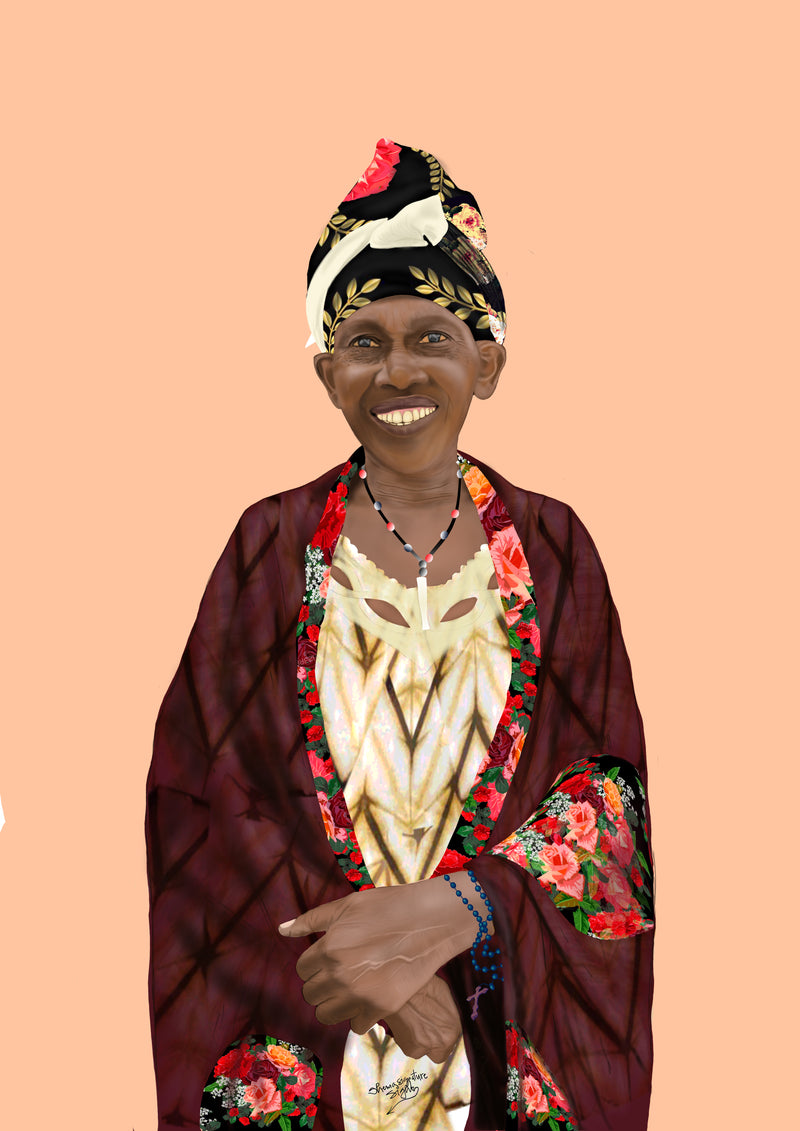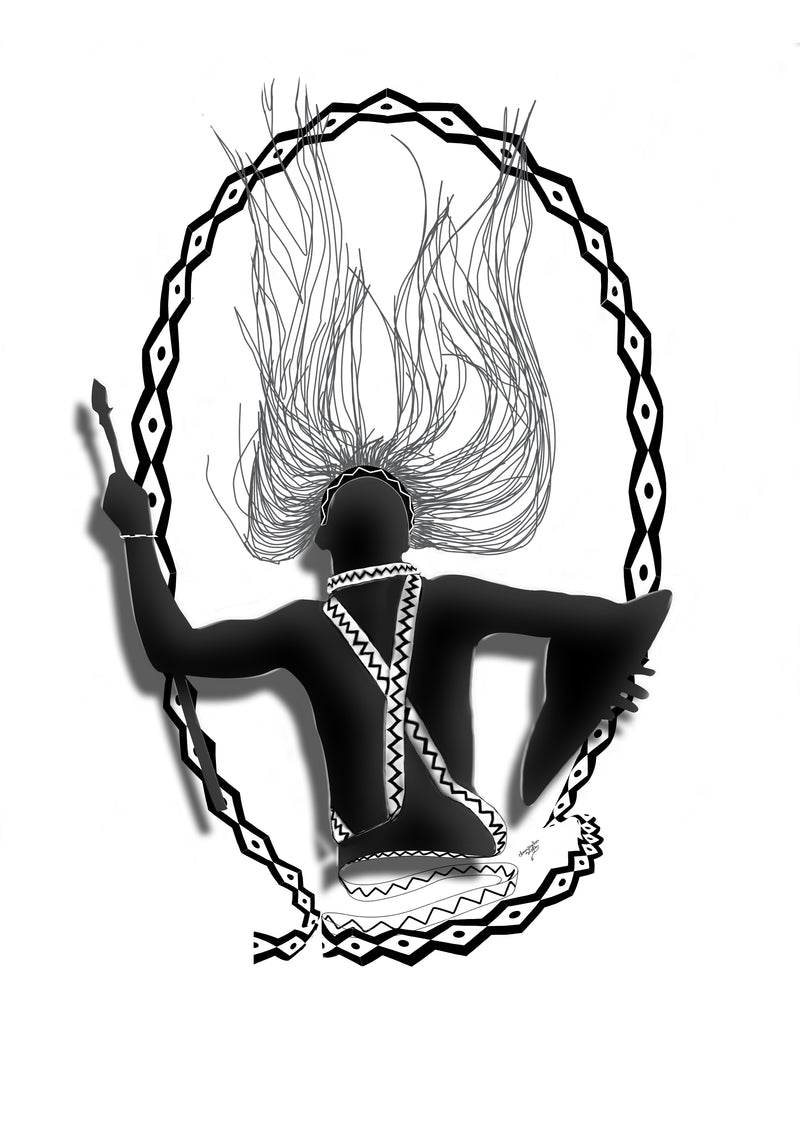The word "Artanatomy" comes from the union of two words, "Art" and "Anatomy".
Art derives from the Latin word ars, artis, meaning "skill, technical knowledge, craft". It is an activity whose process and/or purpose is intended to deliberately touch the senses, intuitions, emotions and intellect.
The word anatomy comes from the Latin word anatomia meaning "dissection", derived from the Greek ἀνατέμνω (ànatémno), from ἀνά - ana, "upwards", and τέμνω - temnō, "to cut"). It is the science that describes the form and structure of living organisms and the relationships of the organs and tissues that make them up.
Artanatomy, meanwhile, refers to the depiction, description, representation of any character, object, environment, the meaning of an idea, concept or anything else that appears in Šhema's artwork. He created it.
It brings together extensive explanations of the inspiration, setting, characteristics, components, opinion and all the elements deriving from these works.
As an artist who is very interested in conceptual art, which advocates concise and particular ideas, Šhema has created artanatomy. Its appeal lies in the fact that it makes it easier for those involved to appreciate and familiarize themselves with the world of his creativity.
The idea for the concept came from a quest to create more than a sketch, more than a drawing or a work of art, but a complete artistic universe that has its own specificities.
Artanatomy precedes each work. As soon as the idea is conceived, it is developed in writing to clarify the idea while expanding the field of possibilities to create a whole that guides the artistic direction.
Artanatomy begins with precise inspiration. This first point describes at length the creative breath that guides the creation. This is followed by a description of the set design, explaining the choices it motivates.
The description of the set's components then highlights their significance, as well as the general and/or overarching message they convey.
And finally, Šhema concludes her artanatomy with her own personal opinion.












Leave a comment